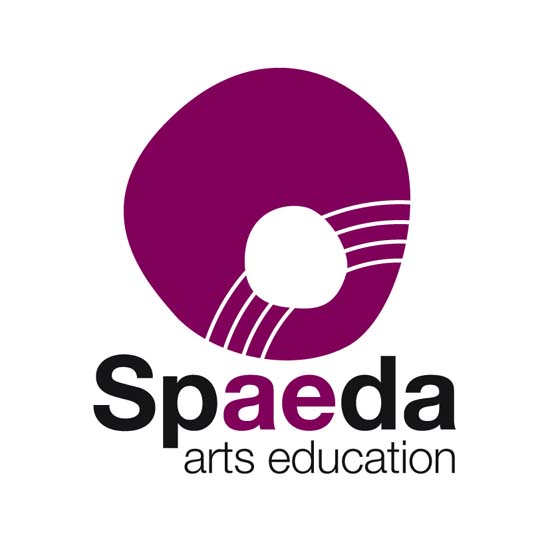Sensing Form: Using Feel to Manipulate Clay with Linda Green
By Linda Green
This resource is based on a CPD (Continual Professional Development) session led by Linda Green as part of the Somerset Primary Art Conference organised by SPAEDA at Hestercombe. Primary school teachers were taken on a sensory journey exploring sight, feel and memory.
Linda Green is a retired Art teacher of thirty years and it is with great pleasure that AccessArt is able to share this very special workshop session with its readers.
Tuning in to the Senses
Drawing with Feel
To start, objects were hidden in plastic bags which participants were asked to draw using their sense of touch.


Drawing with Sight
Teachers were then asked to take their object out of its bag and explore drawing it by sight, or ‘looking.’
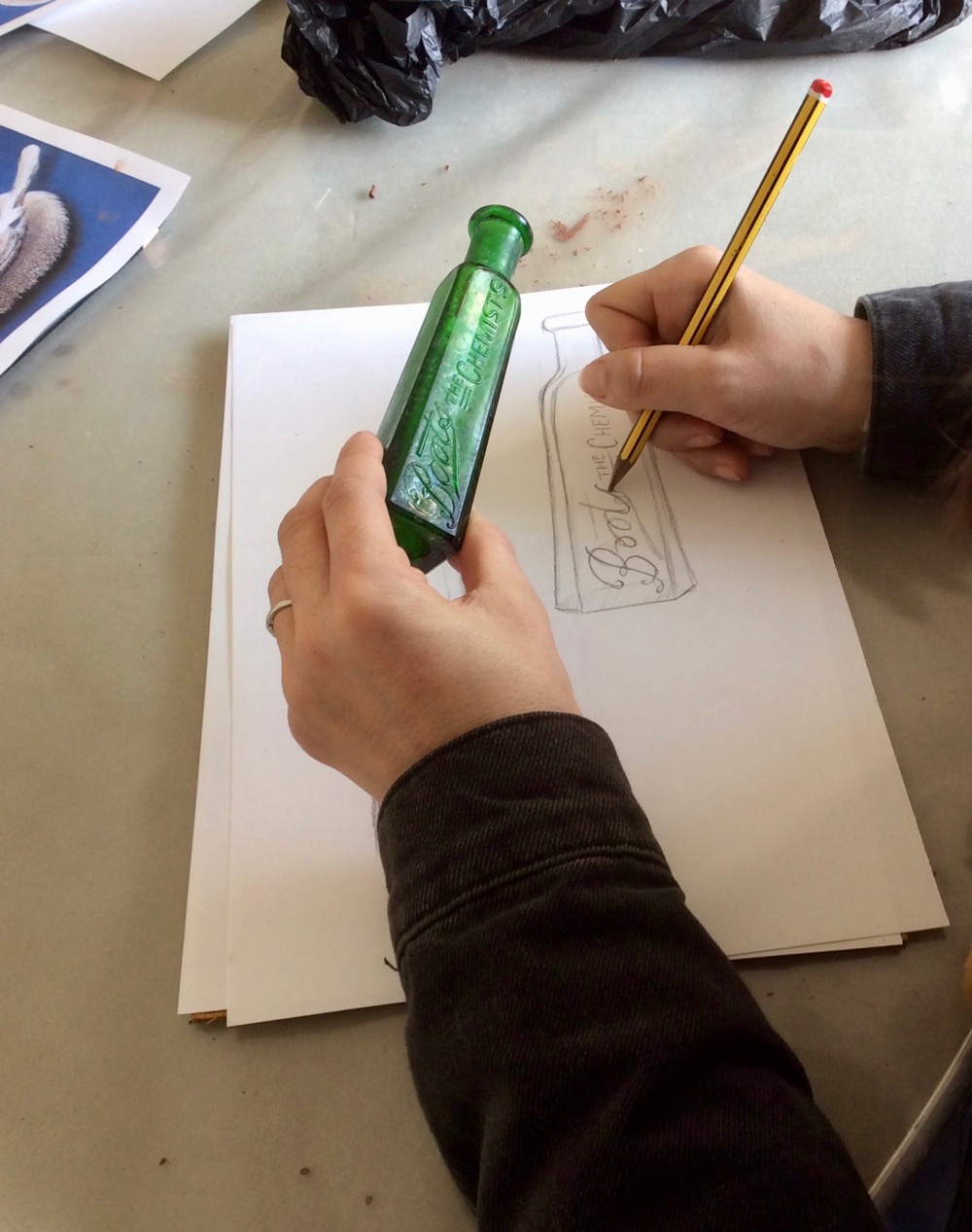
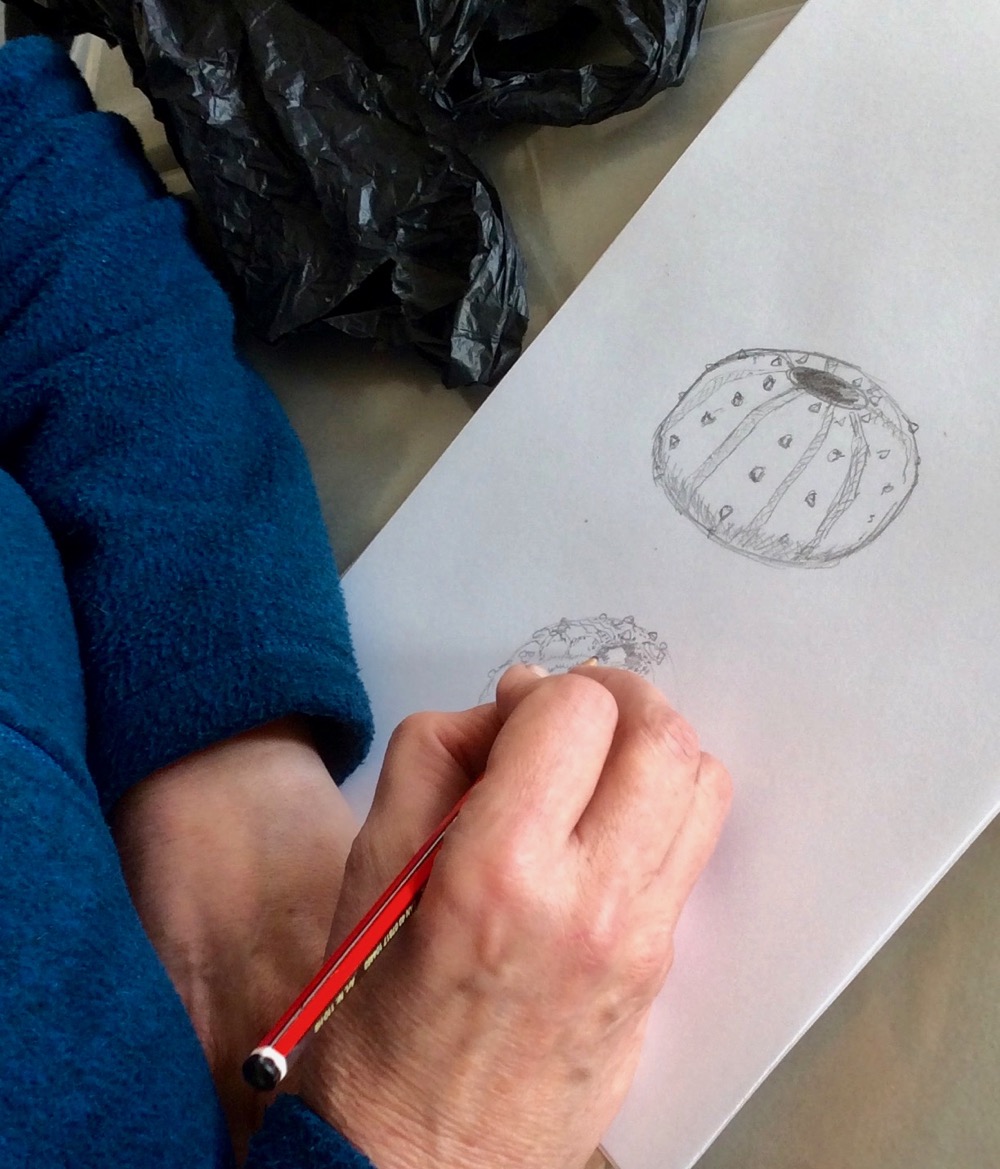

On completion of two drawings, one through touch only, and the second, more conventionally through close looking, participants were asked to reflect on the tasks and their sensory awareness, both visual and tactile.
A print out of Merit Oppenheim’s ‘Fur Teacup’ was shown to teachers, challenging expectations of an object’s function. Imagine drinking hot tea through fur!
Making Sculpture Blind
Teachers were then blindfolded and given a lump of clay which they manipulated from the memory of the object that they’d just drawn.


Whilst working teachers were asked to consider how these activities could applied back in their classrooms?
Or how the choice of objects, e.g. shells, bones and natural forms, vintage toys, kitchenalia or unusual objects, could be a starting point leading to subsequent projects, themed areas of learning or discussion?
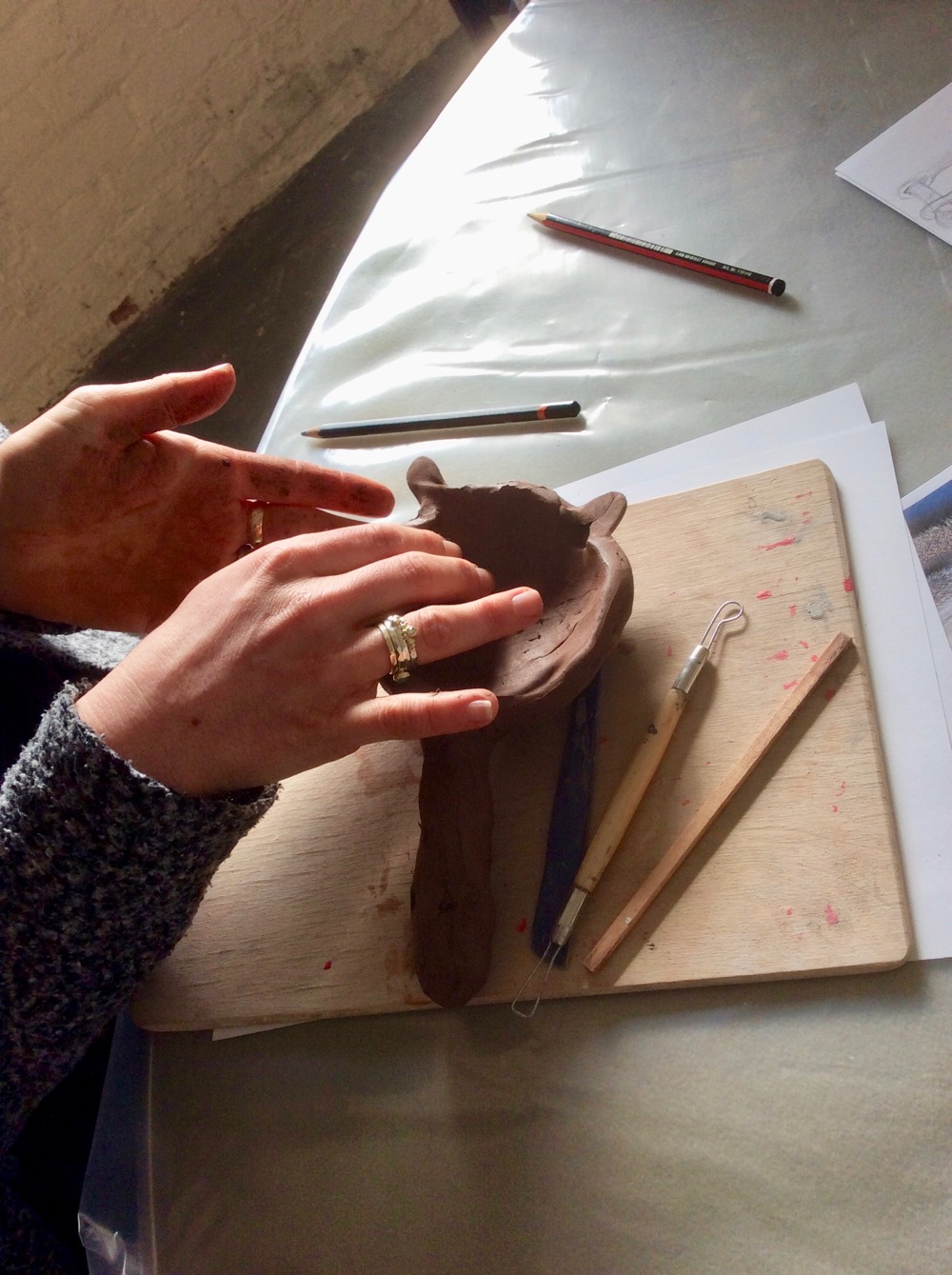
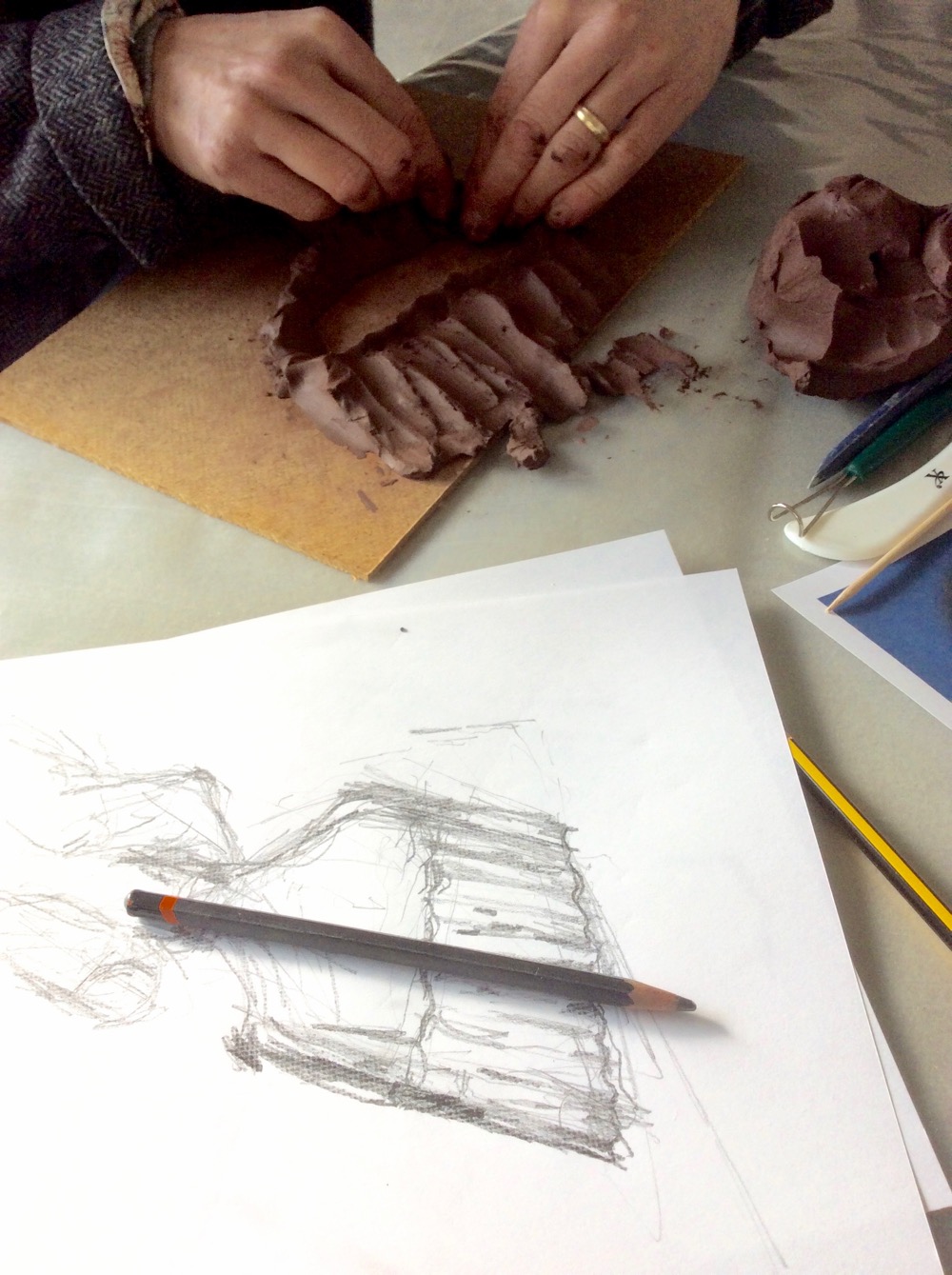
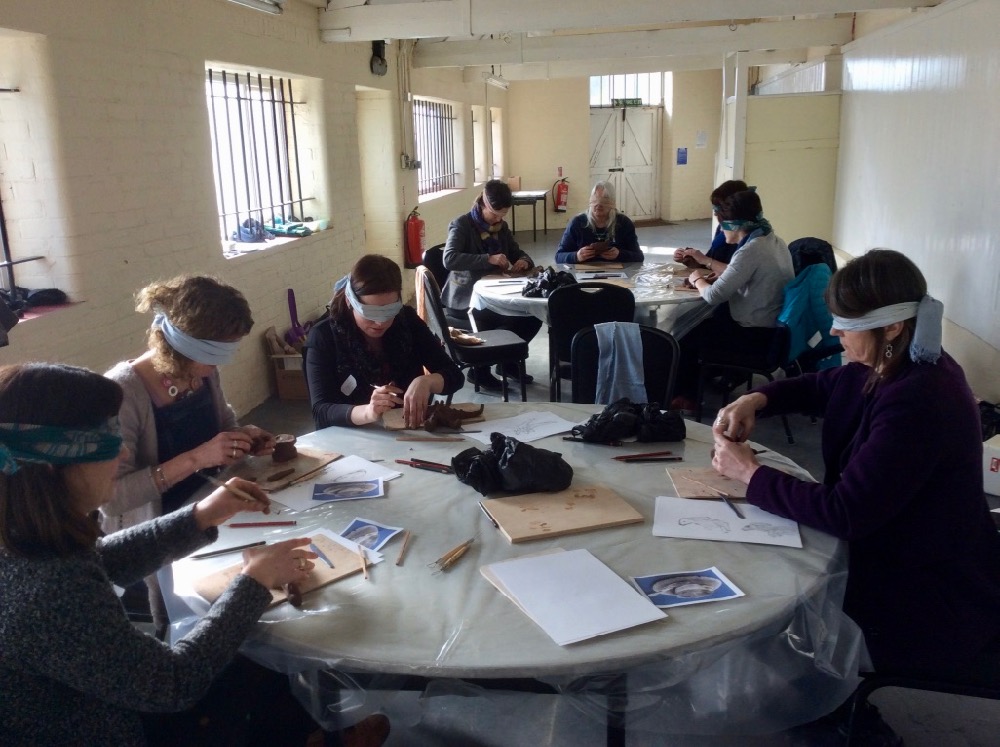
Most remarkable about this challenge, was that once the blindfold was removed, the memory made clay models revealed, resembled greatly the actual objects they were meant to represent.
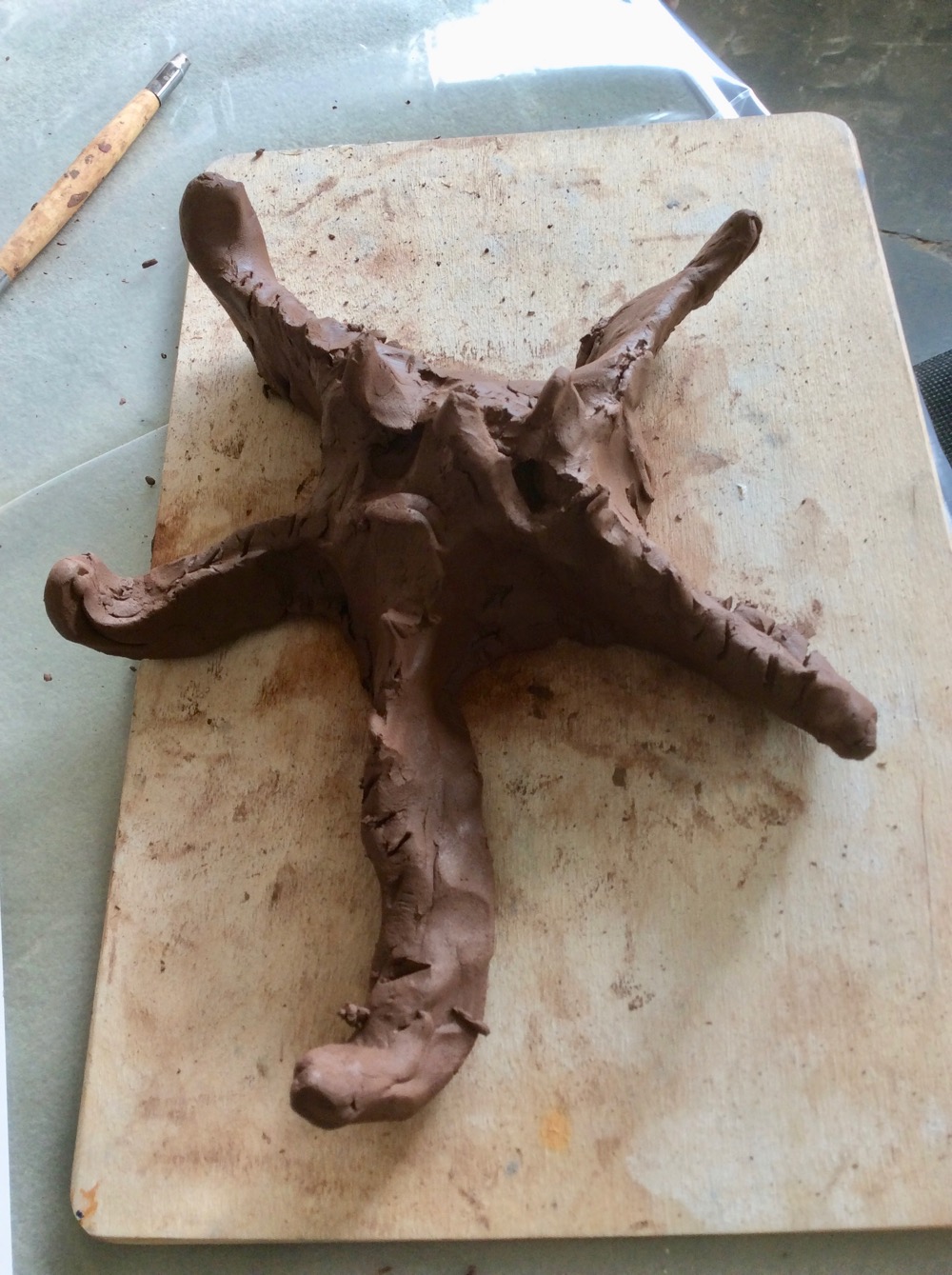
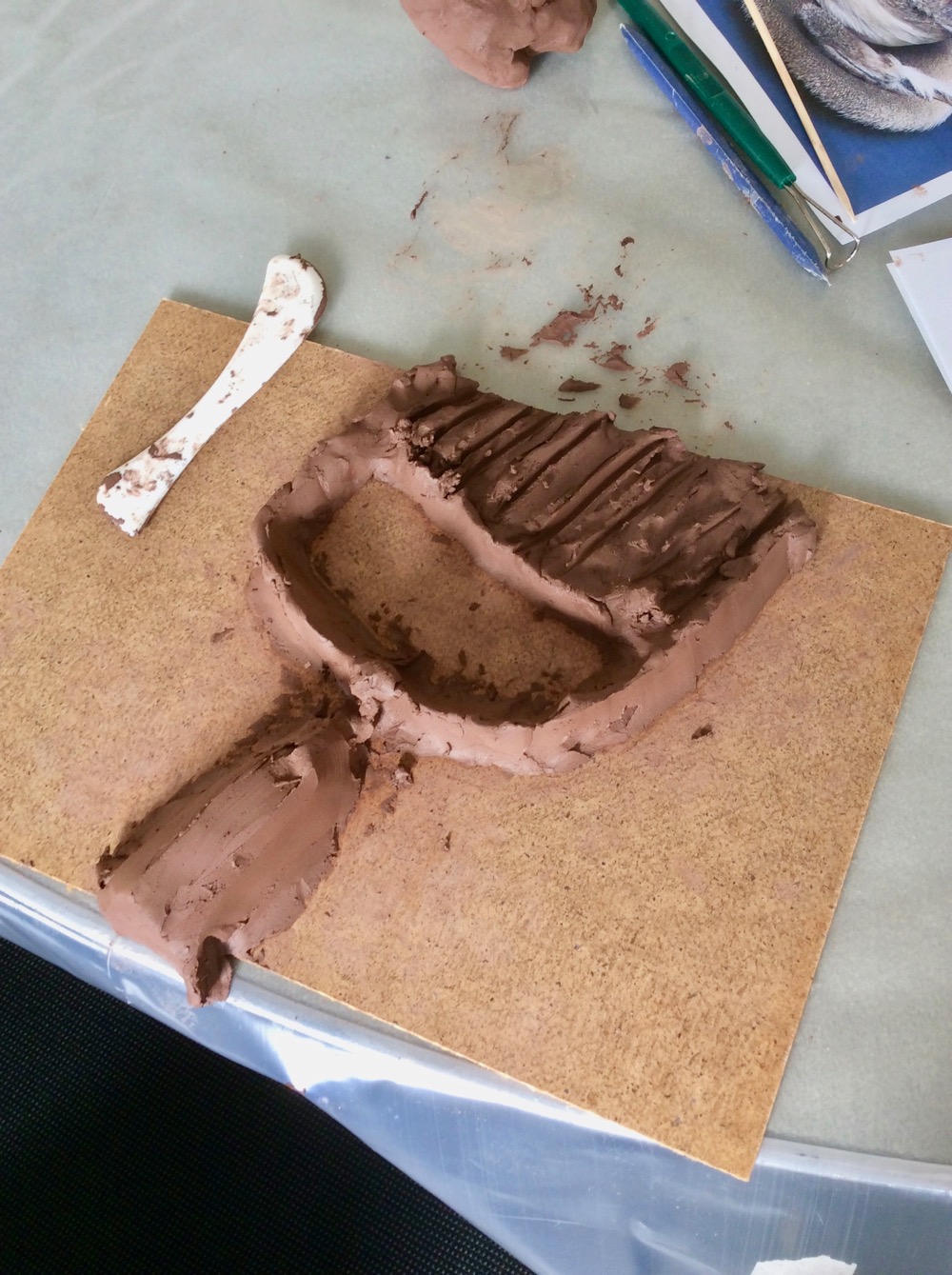
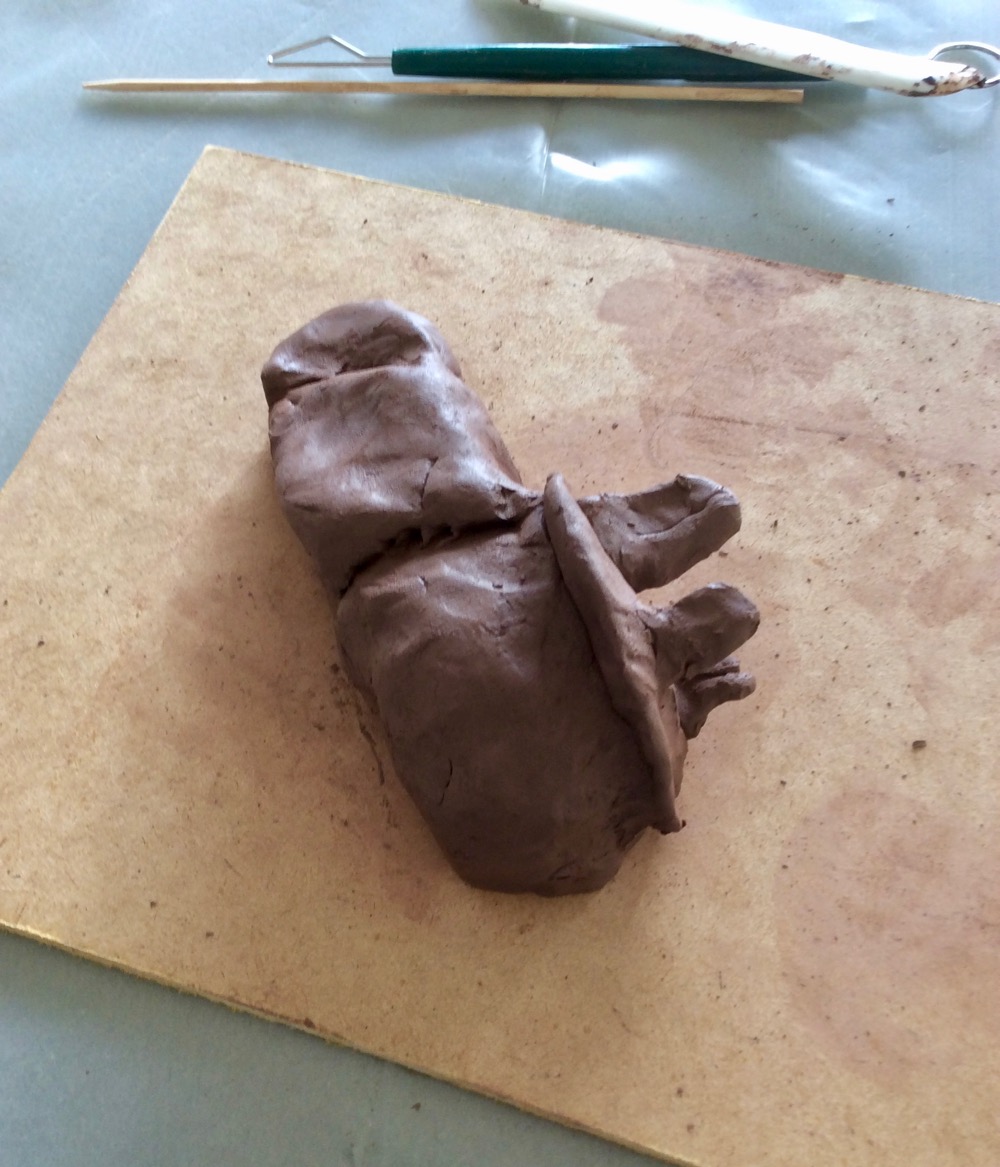
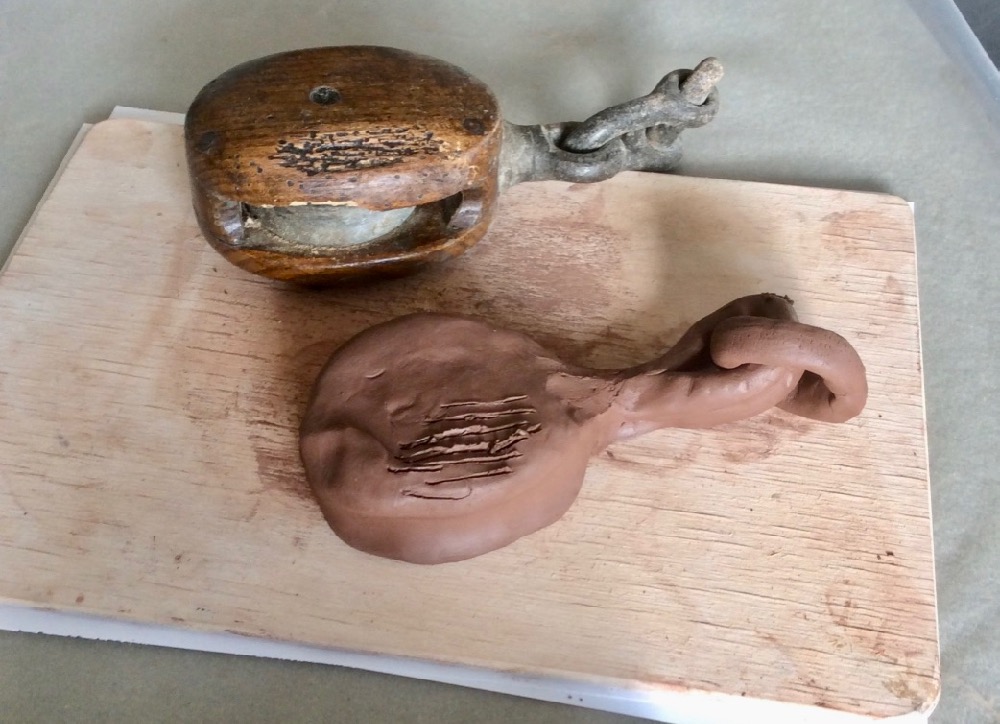
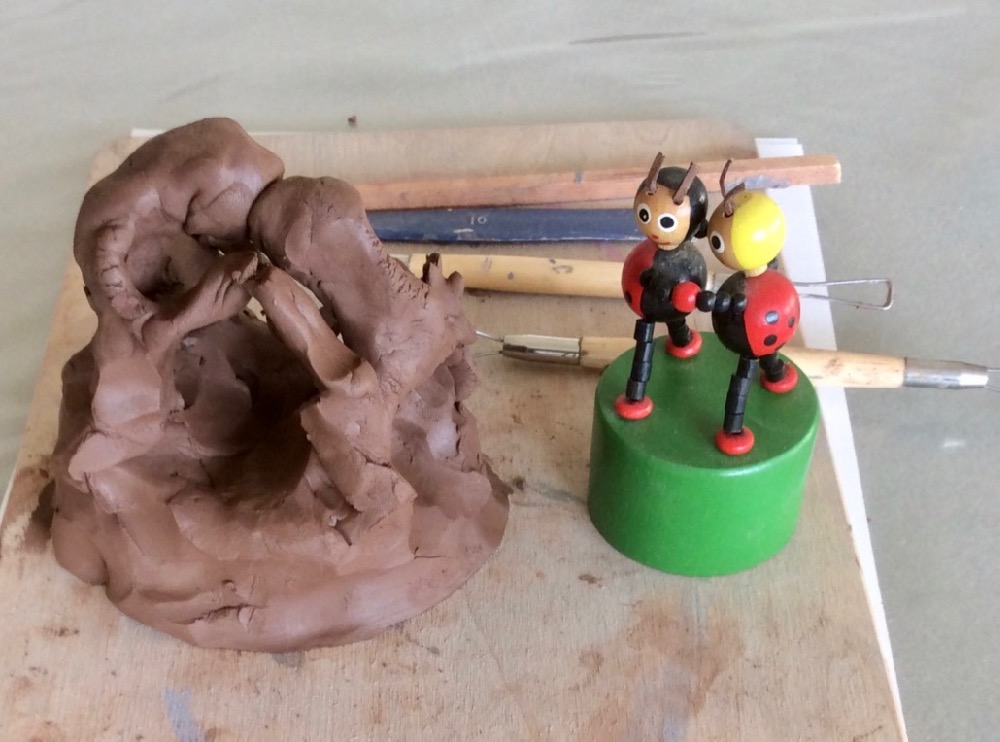
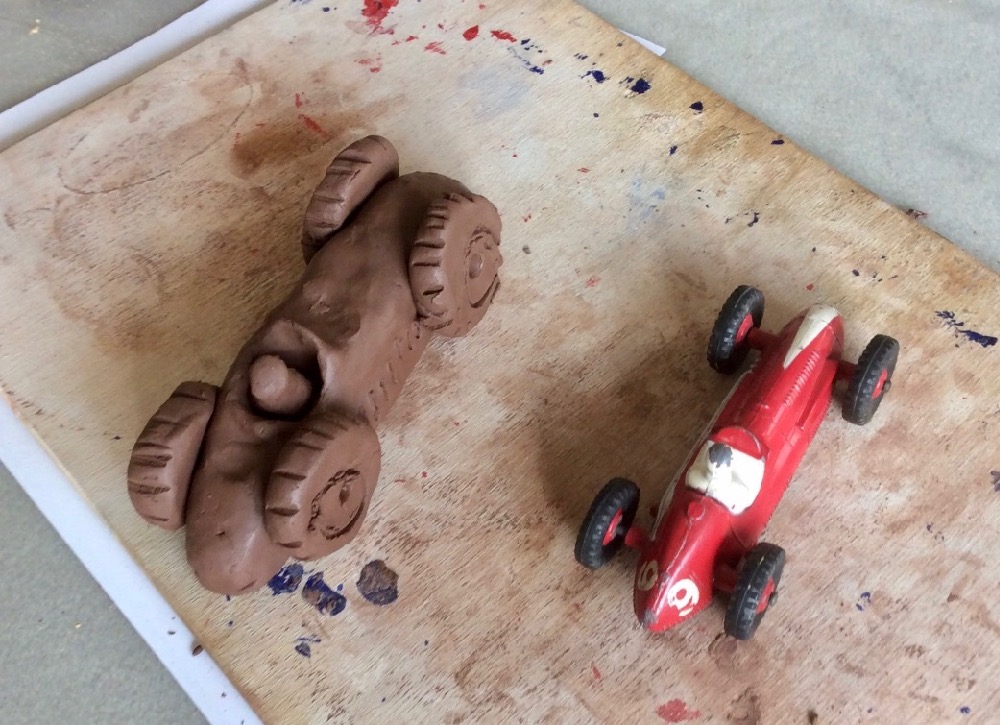
Thanks
Many thanks to Linda Green for sharing her ideas and teaching with AccessArt.
Thank you to the teachers who attended the workshop at Hestercombe for sharing their work and processes with AccessArt.
Linda Green would also like to thank SPAEDA, Alice Crane and Sara Dudman for their support and guidance.
This is a sample of a resource created by UK Charity AccessArt. We have over 1500 resources to help develop and inspire your creative thinking, practice and teaching.
AccessArt welcomes artists, educators, teachers and parents both in the UK and overseas.
We believe everyone has the right to be creative and by working together and sharing ideas we can enable everyone to reach their creative potential.
Join AccessArt from only £3.50 per month and enjoy full access to hundreds more resources!
Join Us!Sign up to receive our email newsletter. By completing the form below you explicitly agree for us to send our email newsletter to you. We will not share your information with anyone else and you can unsubscribe at any time!
[si-contact-form form=’32’]

